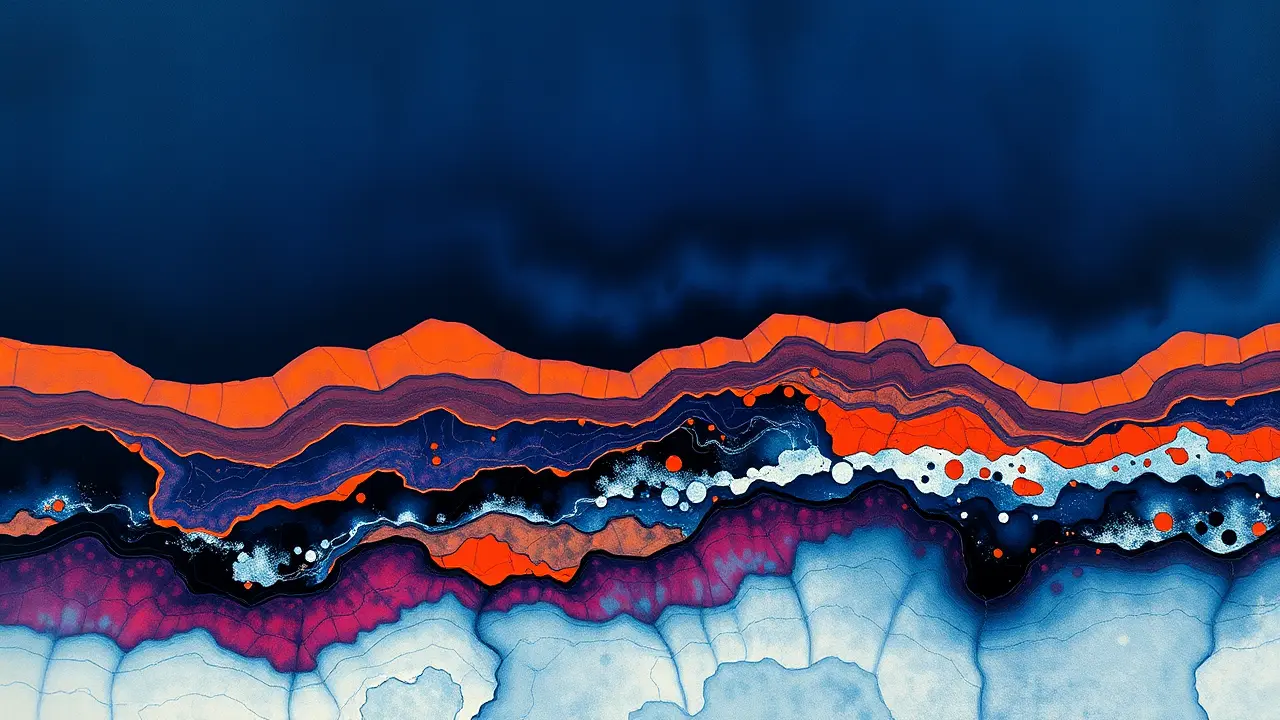Paris Retrospective Honors Late Japanese Artist Takehiko Sugawara
The hallowed halls of Galerie Taménaga in Paris, typically a stage for the living, have been transformed into a profound and silent dialogue with the departed, hosting a retrospective for the late Japanese artist Takehiko Sugawara that feels less like a mere exhibition and more like a final, whispered soliloquy. This is not simply a posthumous gathering of canvases; it is a memorial etched in pigment and memory, a testament to Sugawara’s lifelong, almost spiritual pursuit of the invisible currents that bind nature, matter, and human recollection into a single, ceaseless flow.Stepping into the gallery is to enter Sugawara’s world, a realm where his signature techniques—layers of delicate *sumi-e* ink washes meeting bold, almost architectural applications of mineral pigments—create a visual symphony of transience and permanence. One can almost trace the artist's hand in the way a swirl of ink suggests a mountain mist that will inevitably dissipate, while a hardened crust of ochre or azurite on the canvas stands as a geological record, a fossil of a single creative moment.His work doesn’t just depict landscapes; it *becomes* landscape, embodying the very processes of erosion and sedimentation it often portrays. The curation is masterful, guiding the viewer through the decades of his evolution, from the early, more figurative explorations of his native Japan’s forests to the later, wholly abstract works where the elements themselves seem to have taken control of the brush, resulting in compositions that feel both chaotic and deeply ordered, like the pattern of frost on a windowpane or the crackle of dried earth.There is a palpable tension here, a critical narrative that speaks to the core of art’s purpose: is it to capture a fleeting beauty, or to create a new, enduring object from it? Sugawara’s oeuvre argues compellingly for both, his paintings serving as vessels where memory solidifies into matter, and matter, in turn, triggers a cascade of personal and collective memory in the observer. The show forces a confrontation with mortality, not through morbid imagery, but through its very existence—the artist is gone, yet his vision pulses with a vibrant, unsettling life, each piece a poignant reminder of the creative spirit that outlasts the body. In the hushed reverence of the Parisian gallery, amidst the soft lighting falling on textures that beg to be touched, Sugawara’s retrospective achieves a rare cinematic quality, a final, critically-acclaimed act that seals his legacy not as a passing talent, but as a permanent fixture in the firmament of artists who successfully translated the silent language of the natural world into a form we can finally, heartbreakingly, begin to understand.
JE
Jenna Sparks123k2 days ago
wait so the paintings ARE the landscape now my brain is trying to process this but it's just buffering tbh
0
